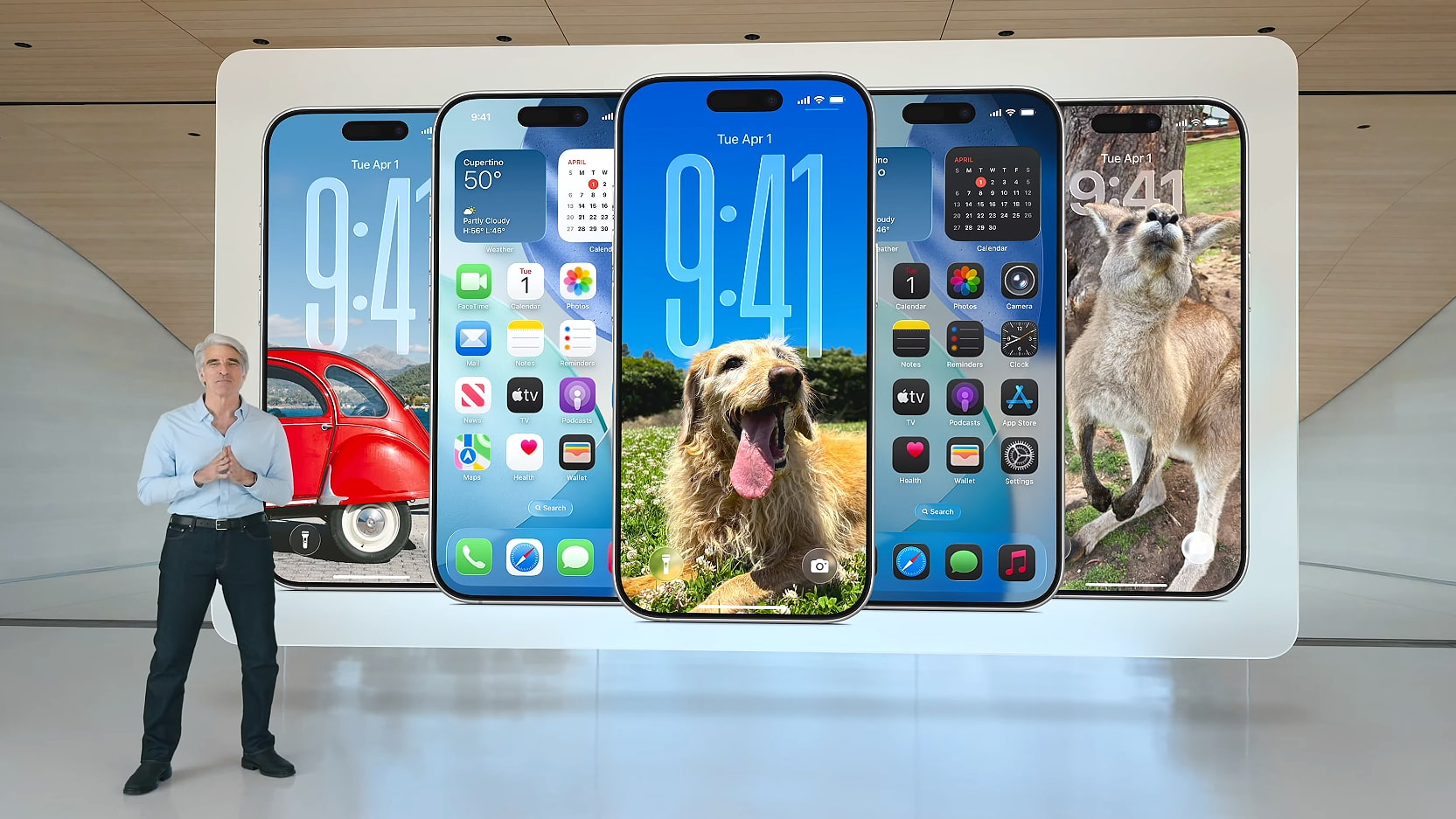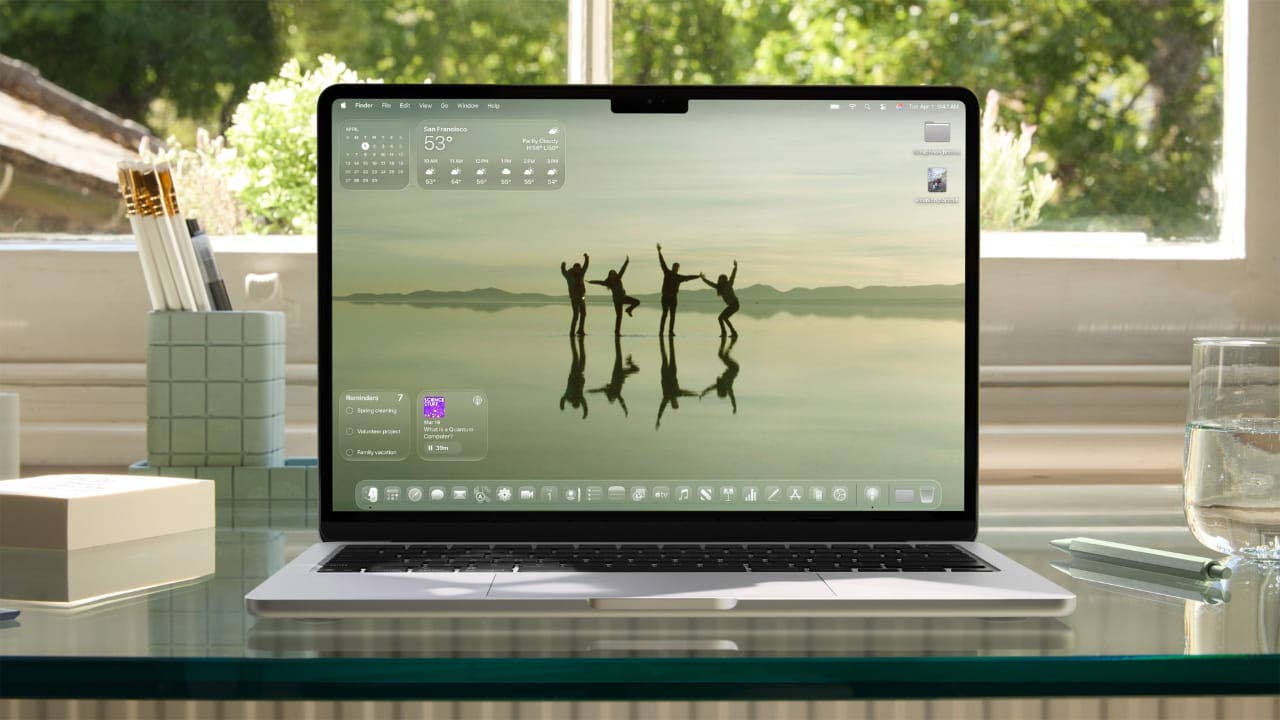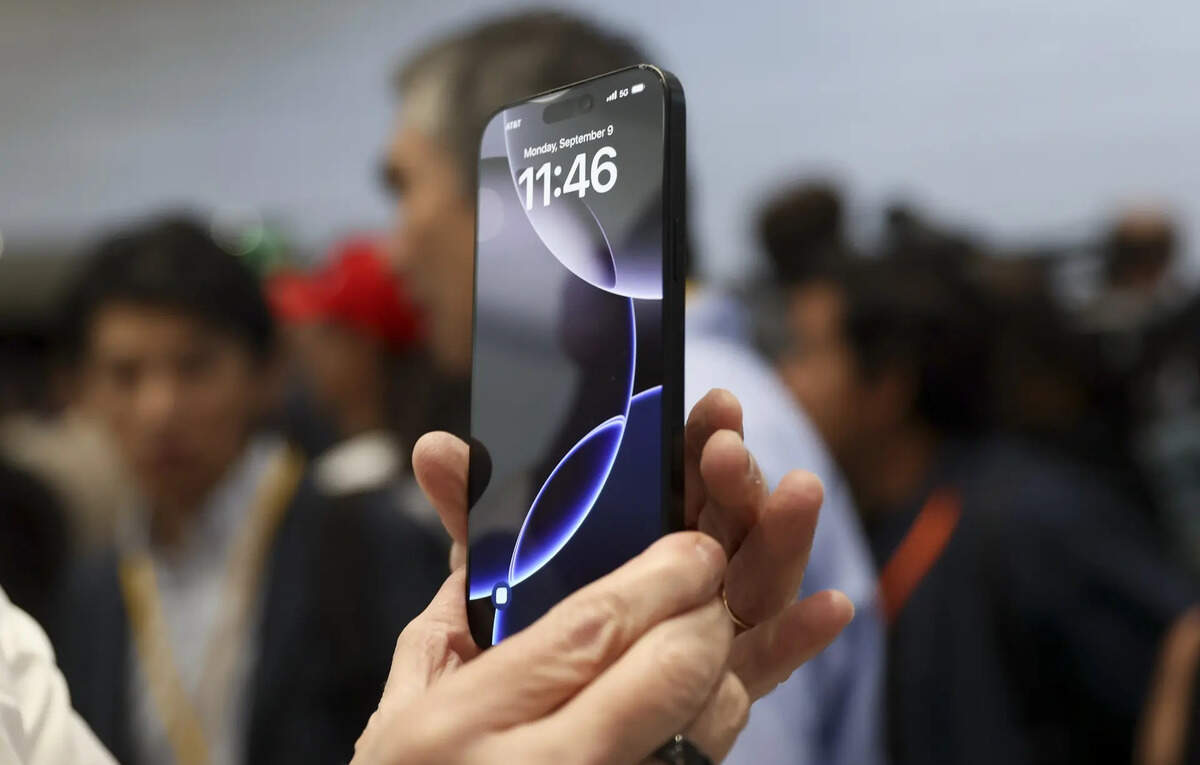Apple Unveils 'Liquid Glass' Design and iOS 26 Features at WWDC 2025

At its Worldwide Developers Conference (WWDC) 2025, Apple announced a significant redesign of its software aesthetic with a new design language called "Liquid Glass." This new look, unveiled alongside iOS 26 and major updates across iPadOS, macOS, watchOS, and tvOS, aims to create a more unified and visually rich experience across Apple's ecosystem. Craig Federighi, Apple’s Senior Vice President of Software Engineering, stated that iOS 26 "shines with the gorgeous new design and meaningful improvements to the features users rely on every day, making iPhone even more helpful."
The conceptual underpinning of Liquid Glass is largely derived from visionOS, Apple's operating system for its mixed-reality headset. VisionOS was designed with the constraint of layering digital information over the physical world without occluding it, leading to its characteristic translucent and glassy elements. Apple's software chief, Craig Federighi, explained that the impetus for extending this look to the broader ecosystem as Liquid Glass was the increasing interconnectedness of Apple's devices. The goal is to ensure elements are in familiar places and functions work consistently everywhere. Alan Dye, Apple’s VP of Human Interface Design, described Liquid Glass as laying "the foundation for new experiences in the future" and making "even the simplest of interactions more fun and magical." He also referred to it as Apple's "broadest design update ever," a term some interpret as prioritizing universality over groundbreaking innovation, possibly born of efficiency to streamline design across diverse screen sizes and devices.
Liquid Glass is characterized by its translucent, dynamic, and layered appearance, designed to reflect and refract surroundings in real-time, lending more depth and personality to the interface. This aesthetic extends from the Lock Screen and Home Screen to core applications like Safari, Music, and Messages. Icons and widgets can be customized with a new glassy appearance. On the Lock Screen, time elements adapt fluidly with the wallpaper, while spatial scenes aim to create a 3D-like parallax effect when the phone is moved. The design language emphasizes that app icons, tab bars, and even the text magnifier feel "liquid-y and glassy," often "floating" as a translucent layer over content like wallpapers or text.
Early experiences with the iOS 26 developer beta reveal several specific UI changes. App icons appear "bubblier," and everything tends to be transparent and shiny. The Control Center, in its initial beta form, has been described as a "mess" and "cluttered" due to the transparency making underlying content visible and harder to read. The Clock app showcases finer details: the bottom tab bar is rounded, and tapping tabs animates a selector like a "water droplet." The alarm toggle button is more oval. The iOS keyboard has an all-new look, and system prompts also appear different. In Safari, content under the URL bar seems to "bend" due to the Liquid Glass effect, and the browser features an edge-to-edge design with a floating tab bar that shrinks or expands with scrolling. However, some users noted excessive spacing in the Settings app categories and in the Messages list.
Despite Apple's claims that Liquid Glass is minimalist and "keeps your content in focus," reactions have been mixed. Some find the constantly morphing interface potentially more distracting. The translucency and 3D effects on standard screens, which don't overlay the physical world, have been criticized as feeling like "poking at a fake water droplet" or a "hokey 3D effect." Navigation buttons that ripple during scrolling have been described as busy and hard to read. There's a notable comparison to Windows Aero, Microsoft's glassy design language from Windows Vista, which also aimed to help users navigate but was resource-intensive and eventually phased out. Critics suggest that while the ideas behind Liquid Glass are good—personalization and clarity—the execution might lead to a messy look in many contexts and make elements like buttons harder to read, without necessarily improving aesthetics or usability.
However, not all feedback is negative. One particularly praised feature is how alerts or menu items now appear from within the tapped element, as if contained by it, anchoring the user's sense of place. This interaction prevents users from feeling lost after tapping an item, as the menu radiates out over the current view and folds back in. Some users, after an initial jarring experience with the iOS 26 developer beta, found Liquid Glass growing on them, noting that the iPhone still functions as expected. There's an anticipation that Apple will address the more significant issues, like the Control Center's legibility and spacing problems, before the official public release in the fall.
Beyond the visual overhaul, iOS 26 introduces significant enhancements through "Apple Intelligence." These include Live Translation working in real-time across calls, FaceTime, and messages (processed on-device), and Visual Intelligence, which allows users to interact with on-screen content—like identifying clothing in social media posts or adding event info from screenshots to the calendar, sometimes with ChatGPT-powered assistance. The Messages app gets custom chat backgrounds (including AI-generated ones via Image Playground), in-chat polls, and "Genmoji" for creating new emojis by merging existing ones. The Phone app will feature call screening. The Camera app gets a streamlined layout, and Apple Music introduces "AutoMix" for DJ-style song transitions. A dedicated Apple Games app will combine downloaded games with Apple Arcade, featuring a "Play Together" tab. Maps will offer real-time traffic updates and store visited locations. Furthermore, Apple is rolling out digital ID creation in Wallet, revamped boarding passes with indoor airport maps, enhanced Apple Pay purchase tracking, and updates to CarPlay. iPadOS 26 will also introduce a new windowing system.
In conclusion, Apple's Liquid Glass represents a significant effort to modernize and unify its software design language across all its platforms. While its visionOS-inspired translucency and dynamism aim for a more magical and personalized experience, early impressions highlight both innovative interactions and potential usability challenges. The success of Liquid Glass will likely depend on refinements made before its public launch and how well it integrates with the broader suite of AI-driven features and app improvements introduced in iOS 26 and its sibling operating systems.












